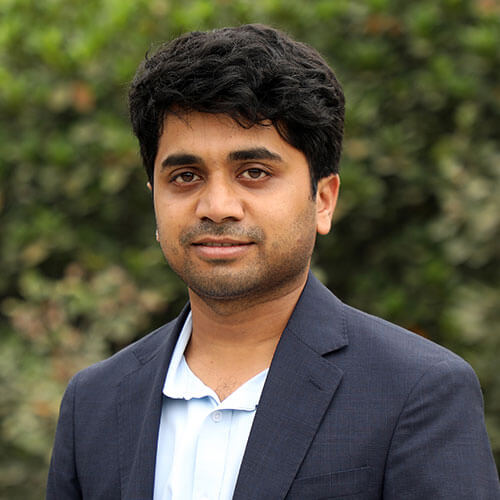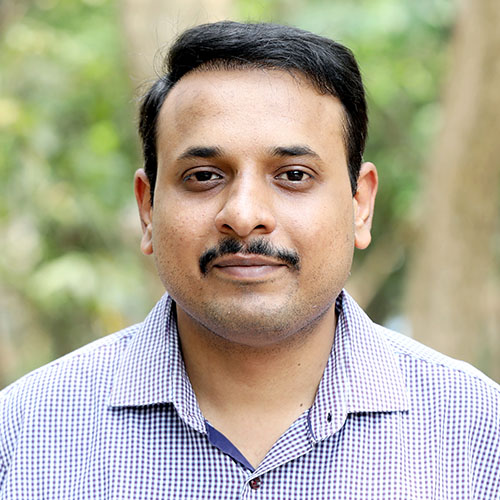
A spatio-temporal model for binary data and its application in analyzing the direction of COVID-19 spread
Anagh Chattopadhyay, Soudeep DebJournal: AStA Advances in Statistical Analysis.
Synposis
It is often of primary interest to analyze and forecast the levels of a continuous phenomenon as a categorical variable. In this paper, the authors propose a new spatio-temporal model to deal with this problem in a binary setting, with an interesting application related to the COVID-19 pandemic. Existing literature shows that, due to the existence of various anomalies and factors which are often not quantifiable or interpretable, accurate analysis is often not achieved; and few of the major reasons are poor data input, erroneous assumptions, lack of incorporation of epidemiological features, and the unavailability or transparency of important data. In fact, it has been mentioned in many studies that the reported number of COVID-19 infected, especially in underdeveloped or developing countries, is often incomplete and inaccurate, which in turn can lead to predictive incapabilities. Keeping in mind the above issues, the focus in this article is to understand the nature of the spread categorically, by checking whether the numbers are increasing or decreasing from the previous time-point. Although this information is less descriptive in nature, it gives us valuable information on the status of the infection spread over time. Subsequently, it not only provides an idea about the future trend of the pandemic but can also help decide the future course of action.
The authors study the above problem through a novel spatio-temporal model, keeping in view that this phenomenon that depends on both spatial proximity and temporal autocorrelation. Their proposed model is defined through a hierarchical structure for the latent variable, which corresponds to the probit-link function. The mean of the latent variable in the proposed model is designed to capture the trend, the seasonal pattern as well as the lagged effects of relevant regressors. The covariance structure of the model is defined as an additive combination of a zero-mean spatio-temporally correlated process and a white noise process. The parameters associated with the space-time process enable them to analyze the effect of proximity of two points with respect to space or time and its influence on the overall process. For estimation and prediction, they adopt a complete Bayesian framework, along with suitable prior specifications and utilize the concepts of Gibbs sampling.
Using the county-level data from the state of New York, they show that the proposed methodology provides superior performance than benchmark techniques. In fact, it offers an alternative methodology towards robust analysis of spatio-temporal continuous or ordinal data, which are often imprecise in nature. They also use our model to devise a novel mechanism for predictive clustering which can be leveraged to develop localized policies. They see that the predictions are good in both short and long term. The model also facilitates the determination of effect sizes of various factors, as well as the general trend pattern. In particular, the Bayesian estimation techniques identify the sinusoidal nature of the spread of the disease, which is consistent with the concepts of the waves. This results also corroborate the efficacy of vaccines and point toward the gradual linear decreasing nature of the number of infections, as can be expected by better precautions and immunity. However, the severity of the pandemic is found to adversely affect the situation.
In summary, the proposed method is seen to be performing better than existing models, especially due to its ability to effectively induce spatial coherence into the discrete nature of the data. The authors believe that this model can be used for analyzing similar problems in the future, with perhaps an appropriate selection of covariates and parameters. In the paper, they also provide a succinct account of how the proposed methodology paves the way to several other interesting future works.


